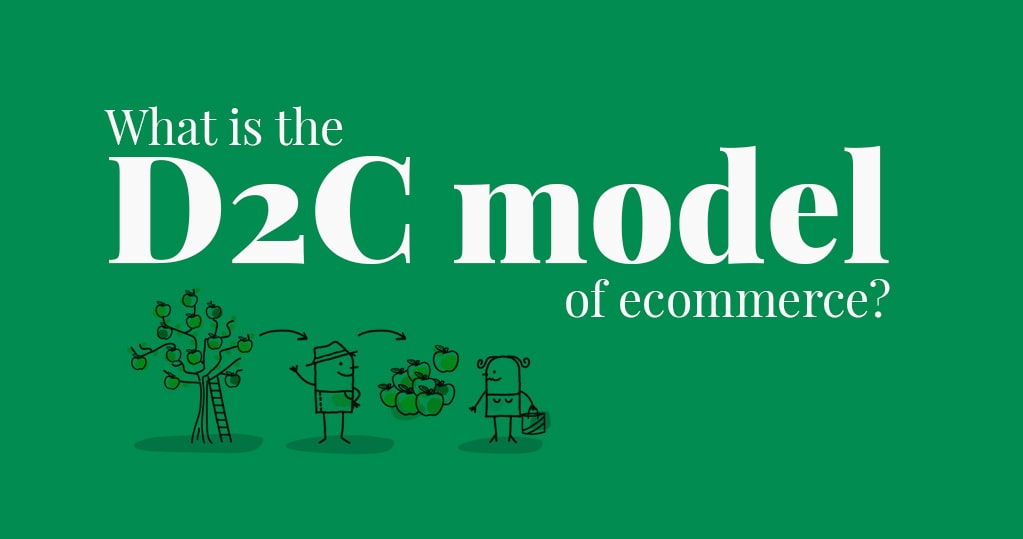In recent years, the retail landscape has undergone a significant transformation, with the rise of direct-to-consumer (D2C) brands reshaping the way businesses engage with consumers. Traditional retailers have faced formidable challenges amidst the booming online marketplace and evolving consumer preferences. However, embracing the D2C approach can breathe new life into the conventional retail market. In this article, we will explore the strategies and benefits of revamping traditional retail through the D2C way, leveraging the power of e-commerce, data-driven insights, and customer-centricity.
Embracing the Digital Ecosystem
One of the key pillars of the D2C model is embracing the digital ecosystem. Traditional retailers can no longer rely solely on brick-and-mortar stores; they must establish a strong online presence. Creating an e-commerce platform offers several advantages, such as increased accessibility, global reach, and the ability to connect with a broader audience. Optimizing the website for search engines (SEO) is crucial to drive organic traffic and improve visibility in search results. By implementing SEO best practices, retailers can enhance their online visibility, ultimately leading to higher conversion rates and increased sales.
Data-Driven Decision Making
In the D2C landscape, data is king. Retailers can utilize data analytics tools to gain valuable insights into customer behavior, preferences, and pain points. By leveraging this information, businesses can make data-driven decisions, ranging from product assortment and pricing strategies to personalized marketing campaigns. Analyzing customer feedback and behavior patterns enables retailers to refine their offerings, improve customer experience, and build long-lasting relationships with consumers. Furthermore, data-driven insights empower retailers to identify trends and market opportunities, allowing them to stay ahead of the competition.
Personalization and Customer-Centricity
Traditional retailers often struggle to offer personalized experiences akin to D2C brands. However, by implementing D2C principles, they can create tailored customer journeys that foster loyalty and brand advocacy. Personalization involves understanding individual customer needs and preferences, resulting in curated product recommendations, relevant content, and targeted promotions. Building a customer-centric approach requires active engagement with shoppers, addressing their concerns promptly, and incorporating their feedback into business strategies. Through personalized experiences, traditional retailers can bridge the gap between online and offline channels, delivering a seamless omnichannel experience.
Cutting Out the Middleman
The direct-to-consumer model allows brands to eliminate intermediaries, enabling them to maintain full control over their supply chain and pricing. By cutting out the middleman, traditional retailers can bypass distribution markups, reduce product costs, and offer competitive prices to consumers. Additionally, this approach allows brands to have a direct line of communication with their customers, fostering a stronger connection and brand loyalty. Cutting out intermediaries also facilitates quicker feedback loops and faster response times to market demands, ensuring retailers can adapt swiftly to changes.
Conclusion
The traditional retail market can reclaim its relevance and competitiveness by embracing the D2C way. Embracing the digital ecosystem through a well-optimized e-commerce platform will ensure that retailers stay relevant in today’s online-dominated market. Data-driven insights will empower retailers to make informed decisions, while personalization and customer-centricity will foster loyalty and satisfaction. By cutting out the middleman, retailers can streamline operations and offer competitive prices. Embracing the D2C approach is not only a necessity but also an opportunity for traditional retailers to thrive in the modern retail landscape. As they adapt and evolve, retailers can secure a promising future and forge deeper connections with their consumers.
What is D2C (Direct-to-Consumer) retail, and how does it differ from traditional retail?
D2C retail is a business model where brands sell their products directly to consumers without relying on intermediaries like wholesalers or retailers. Unlike traditional retail, which involves multiple layers of distribution, D2C allows brands to have direct control over their supply chain, pricing, and customer relationships.
How can traditional retailers benefit from embracing the D2C approach?
Embracing the D2C approach can enable traditional retailers to expand their reach beyond physical stores, tapping into the vast online market. By selling directly to consumers, they can establish stronger brand identity, gain valuable customer data, and offer personalized experiences, fostering loyalty and repeat business.
What are the key components of a successful D2C strategy for traditional retailers?
A successful D2C strategy for traditional retailers includes creating a user-friendly e-commerce platform, implementing effective SEO practices, utilizing data analytics for insights, providing personalized product recommendations, and focusing on customer-centricity to enhance the overall shopping experience.
How can SEO optimization help traditional retailers improve their online visibility and attract more customers?
SEO optimization involves fine-tuning website content and structure to rank higher in search engine results. By incorporating relevant keywords, optimizing meta tags, and improving site performance, traditional retailers can increase organic traffic to their online store, attracting more potential customers.
What role does data-driven decision making play in the D2C retail model?
Data-driven decision making allows D2C retailers to gain valuable insights into customer behavior, preferences, and market trends. Analyzing this data helps retailers make informed choices on product offerings, marketing strategies, and customer engagement, leading to improved business performance.
How can personalization enhance the customer experience in the D2C retail space?
Personalization tailors the shopping experience to individual preferences and needs. By offering personalized product recommendations, relevant content, and targeted promotions, D2C retailers can create a more engaging and satisfying shopping journey for each customer.
What challenges might traditional retailers face when transitioning to a D2C business model, and how can they overcome them?
Some challenges include setting up a robust e-commerce platform, building brand recognition in the online space, and adapting to new data-driven marketing strategies. To overcome these hurdles, traditional retailers can invest in technology, collaborate with digital experts, and gradually transition while maintaining a strong offline presence.
How can cutting out the middleman impact a retailer's supply chain and pricing strategies?
By cutting out intermediaries, retailers can streamline their supply chain, reduce costs, and have more control over pricing. This allows them to offer competitive prices to consumers while maintaining healthy profit margins.
What are some successful examples of traditional retailers that have successfully revamped their business through the D2C way?
Brands like Nike, Warby Parker, and Casper are excellent examples of traditional retailers that have successfully embraced the D2C model, utilizing digital platforms and direct customer engagement to achieve remarkable growth and success.
How can a seamless omnichannel experience be achieved in the D2C retail model, and what benefits does it offer to both retailers and customers?
A seamless omnichannel experience can be achieved by integrating online and offline channels, allowing customers to have a consistent shopping experience across all touchpoints. This approach offers convenience to customers and enables retailers to collect valuable data from various channels, leading to better customer understanding and increased customer retention.





